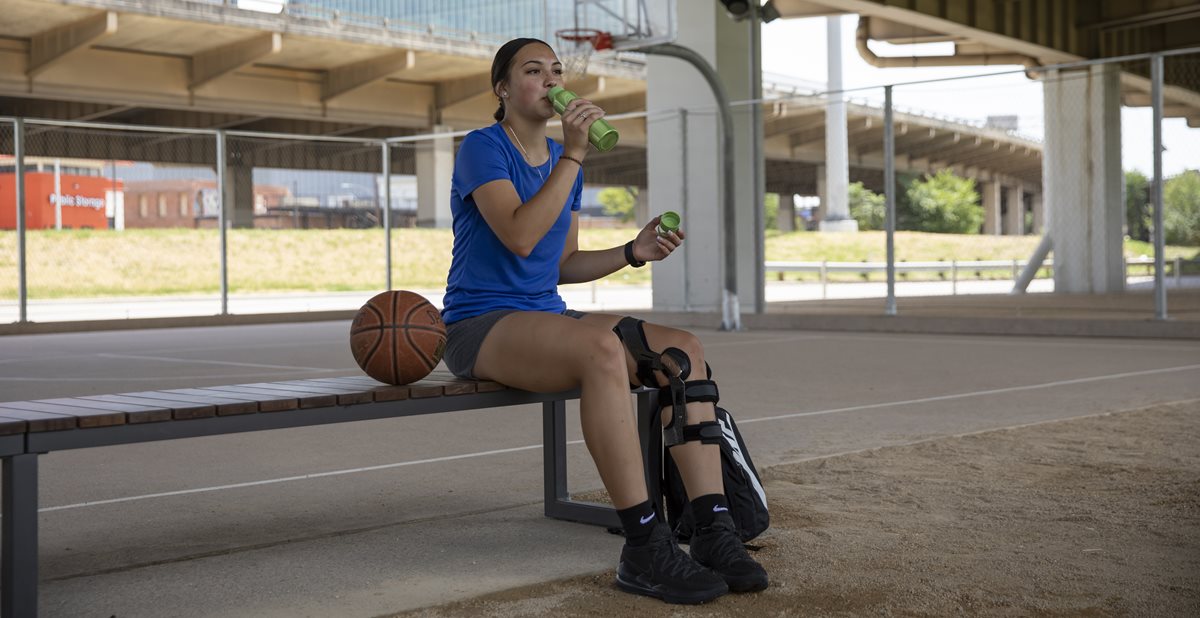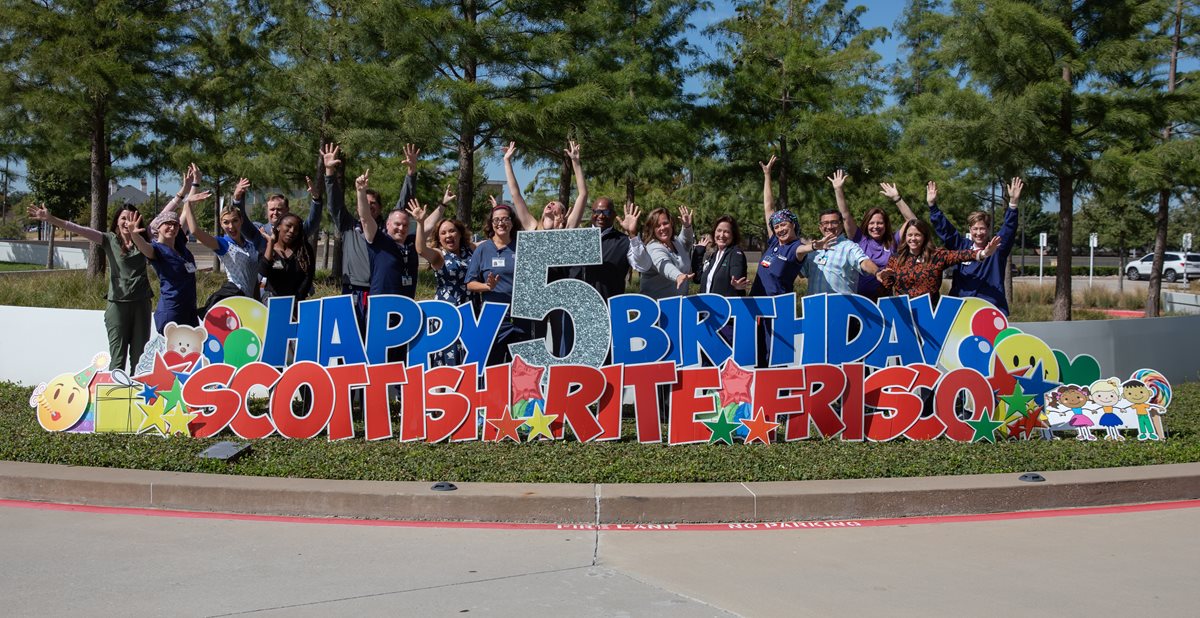-copy?width=1200&height=618&ext=.jpg)
May 12, 2022 / Sports Medicine
Injury Prevention Tips for Young Baseball Players and Parents
Certified pediatric nurse practitioner Chuck Wyatt, M.S., CPNP, RNFA, says, “Young throwers are at risk of injuries for several reasons, primarily because of the stage of skeletal development, but other variables tend to increase their risk.” Growth areas in the elbow and shoulder are vulnerable to injuries from compressive and tensile (stretching) forces caused by throwing.
Examples of conditions we see in our practice are:
Here are key baseball injury prevention recommendations Wyatt offers for young athletes, especially pitchers.
Around the age of 12, athletes begin to specialize in a sport due to several factors including:
Examples of recommendations to reduce the risk of overuse injuries include:
Physical therapist Daniel Stokes, P.T., D.P.T., M.S., CSCS, has an interest in working with young baseball players. On the topic of recovery, Stokes says, “If you can’t get 1. Sleep and 2. Nutrition down, then every other strategy will not work.”
With additional certification and experience as a strength and conditioning coach, Stokes teaches his athletes how to make the most of training opportunities. With that in mind, he introduces concepts that reduce injury risk and ultimately improve performance in the sport. Here are two important principles that will help young baseball players take their game to the next level:
Learn more about Osteochondritis Dissecans (OCD) in the Elbow.
Examples of conditions we see in our practice are:
- Osteochondritis dissecans in the elbow
- Little League shoulder and elbow
- Avulsion fractures of the medial epicondyle
Here are key baseball injury prevention recommendations Wyatt offers for young athletes, especially pitchers.
Early specialization can increase risk of injuries.
Around the age of 12, athletes begin to specialize in a sport due to several factors including:
- progression from recreational to more competitive settings
- a natural preference toward a single sport
- perceived value related to future opportunities in the sport
- misunderstanding of relationship of training volume and performance
- lack of awareness of injury risk
Overuse injuries are activity-related injuries that can be prevented.
Overuse injuries are caused by repeated movements, and changes to training habits can reduce the risk of these injuries.Examples of recommendations to reduce the risk of overuse injuries include:
- stop throwing when fatigue sets in and proper form cannot be maintained
- consider the cumulative pitch count from all training and competition, not just team practices
- rest from the sport at least one day per week
- take a break from the sport two - three months throughout the year
- avoid playing on more than one team in a season
- gradually ramp up training volume and intensity in pre-season
Activity-related pain should not be ignored.
Prompt and appropriate response to complaints of pain can dramatically reduce the time out of sports for recovery and treatment. Early recognition of overuse injuries can also prevent the need for surgery and other treatments. In most cases, treatment for overuse injuries in the elbow and shoulder is focused on rest from the aggravating activity, strengthening core and shoulder muscles and learning better movement patterns.Physical therapist Daniel Stokes, P.T., D.P.T., M.S., CSCS, has an interest in working with young baseball players. On the topic of recovery, Stokes says, “If you can’t get 1. Sleep and 2. Nutrition down, then every other strategy will not work.”
With additional certification and experience as a strength and conditioning coach, Stokes teaches his athletes how to make the most of training opportunities. With that in mind, he introduces concepts that reduce injury risk and ultimately improve performance in the sport. Here are two important principles that will help young baseball players take their game to the next level:
- Strengthening and flexibility drills should focus specifically on anti-extension and anti-rotation. Stokes says, “Most baseball players compensate in the thoracolumbar junction instead of getting true thoracic extension.”
- Building power endurance, like with activities such as jogging with short sprints, will improve the ability to produce the same amount of power over and over without fatigue. Cross-training for a baseball player should not focus on long duration endurance training.
- Flexibility exercises
- Speed and power drills
- Total body resistance training
- Core stabilization and shoulder blade stabilization
- Balance and coordination
- Recovery strategies
- Cross-training
- Interval Training to build power endurance
- Balance and coordination activities, such as yoga
- Soccer, cycling, swimming or another non-throwing sport
Learn more about Osteochondritis Dissecans (OCD) in the Elbow.



